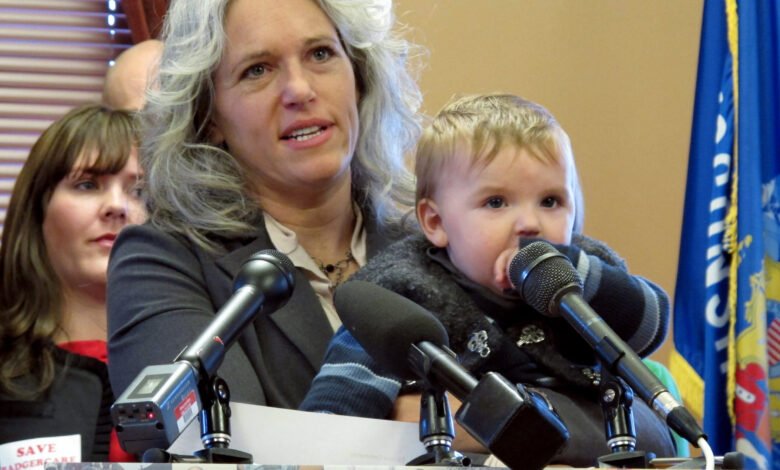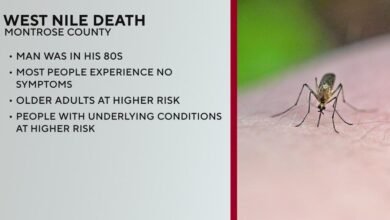Shocking Impact of Medicaid Cuts on Wisconsin’s Healthcare Revealed!

Understanding the Impact of Medicaid Cuts on Health Care Coverage in Wisconsin
The state of Wisconsin, known for its robust health care initiatives, faces significant challenges ahead as discussions surrounding Medicaid cuts dominate the healthcare landscape. Medicaid, a crucial health insurance program, provides coverage for millions, particularly low-income individuals and vulnerable populations. As the state grapples with budget constraints and policy changes, it is vital to dissect how these potential cuts could reshape the health care system, affect coverage, and alter the lives of Wisconsinites.
What is Medicaid and Why is it Important?
Medicaid is a joint federal and state program that offers health coverage to eligible low-income individuals, families, elderly individuals, and people with disabilities. In Wisconsin, Medicaid also encompasses various programs such as BadgerCare Plus, which expands coverage to families and children under the federal poverty line.
This program serves as a lifeline for many, offering comprehensive services ranging from routine check-ups and preventive care to hospital visits and long-term care. With more than 1 million residents relying on Medicaid for their health care needs, any cuts to this program could have dire consequences for those who depend on it most.
The Potential Impact of Medicaid Cuts
As state legislators consider cuts to Medicaid funding, understanding the implications is critical. Here are several key areas where these cuts could affect health care coverage:
1. Increased Uninsured Rates
With proposed cuts to Medicaid funding, many low-income individuals and families could lose their health insurance coverage. A decrease in funding often leads to stricter eligibility criteria or reduced benefits, forcing many to fall through the cracks. The result could be a sharp increase in the uninsured rate, complicating access to necessary health services.
2. Higher Health Care Costs
Medicaid often serves as a cost-effective solution for health care services. When individuals lose Medicaid coverage, they frequently turn to emergency care providers for treatment, leading to increased health care costs overall. Hospitals and clinics may face financial strain as they attempt to accommodate a growing number of uninsured patients, resulting in higher medical costs for everyone.
3. Strain on Local Health Care Providers
Health care providers in Wisconsin, particularly those serving low-income populations, may face increased pressures as Medicaid cuts take effect. Many facilities rely heavily on Medicaid reimbursements to function, and any reduction in funding could lead to clinic closures or limited services offered. For communities already underserved by health care resources, this could create a detrimental cycle where patients struggle to find accessible care.
4. Diminished Maternal and Child Health Services
Women and children are often disproportionately impacted by Medicaid cuts. Programs designed to monitor maternal and child health could face funding shortages, leading to fewer resources for prenatal care, postpartum support, and pediatric services. This may result in poorer health outcomes for mothers and children, including higher rates of complications and developmental issues.
5. Mental Health and Substance Abuse Services
Access to mental health care and substance abuse treatment is vital for many, yet these services often rely heavily on Medicaid funding. Cuts could lead to limited access to mental health resources, increasing the burden on emergency rooms and community services. The impact would likely lead to worsening mental health challenges and a potential rise in substance abuse cases in Wisconsin.
The Road Ahead: Alternatives to Cuts
As Wisconsin considers these challenging decisions, it is crucial to explore alternative measures to ensure health care coverage remains intact for vulnerable populations. Here are a few potential strategies that could help mitigate the effects of proposed Medicaid cuts:
1. Investing in Preventive Care
One effective approach is to increase funding for preventive care services. By prioritizing early intervention and routine health screenings, the state could reduce the long-term costs associated with advanced treatments and hospitalizations. Preventive care not only enhances individual health outcomes but also lessens the financial burden on the health care system as a whole.
2. Expanding Coverage Instead of Cutting
Wisconsin could consider expanding Medicaid coverage to include more individuals than it currently serves. By raising the income eligibility thresholds, additional families would gain access to crucial health care services. Expansion can foster healthier communities and potentially lead to a reduction in emergency health care costs.
3. Fostering Partnerships
Collaboration between state agencies, health care providers, and community organizations can create innovative solutions. By leveraging resources and expertise from various stakeholders, Wisconsin could develop programs that address the needs of underserved populations while ensuring financial stability for health care providers.
Advocacy and Community Engagement
The voices of Wisconsin residents play a vital role in shaping health care policy. Advocacy groups, community organizations, and grassroots campaigns can mobilize individuals to speak out against proposed Medicaid cuts while pushing for better health care solutions. Engaging the community will help illustrate the profound effects of health care decisions on people’s lives, ultimately holding state legislators accountable for their choices.
Conclusion
As Wisconsin navigates the troubling waters of potential Medicaid cuts, it is crucial to recognize the far-reaching implications these changes could have on health care coverage and the well-being of its residents. By understanding the reality of the situation, exploring alternative approaches, and fostering community engagement, the state can work towards solutions that protect some of the most vulnerable individuals in society.
Summary of Key Points:
- Medicaid is critical for millions of low-income individuals and families in Wisconsin.
- Proposed Medicaid cuts could significantly increase the number of uninsured residents.
- Health care costs may rise as individuals lose access to affordable care.
- Local health care providers could face financial strain, leading to clinic closures.
- Maternal and child health services, as well as mental health resources, may diminish.
- Alternatives to Medicaid cuts include investing in preventive care and expanding coverage.
- Community engagement and advocacy are essential for shaping health care policy in Wisconsin.





